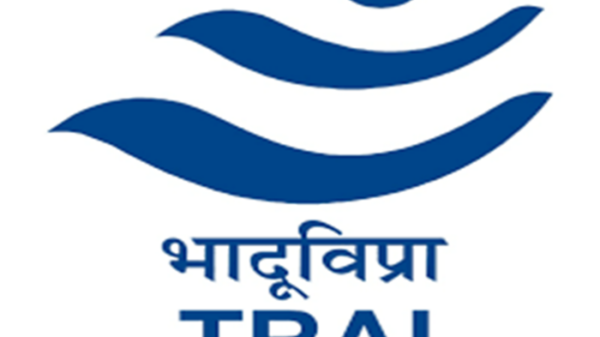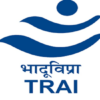Picking up from my previous post on the opportunities being created in online media content consumption, let us examine what entrepreneurs and investors both need to consider.
Defensible value propositions are rare
It is important to realize that content owners could go directly to consumers of content, especially on the Internet. So every new business that ventures into distribution has to ask the hard question – what value are we adding? Almost always, the principal value addition is in aggregation. Consider any distribution medium like a cable network or an “over the top” box like Roku or a streaming service like Netflix. On one hand, for content owners they aggregate demand and provide billling and collection services across a sizable subscriber base. On the other, for consumers of content they aggregate supply by negotiating content licensing deals, bundling (which allow niche content to find carriage), and generally keep costs in check.
Beyond this, entrepreneurs often cite technology based value addition like optimizing for the delivery channel or device, but these are seldom defensible. Scale can produce some defensive barriers because cost structures are substantial for video but I don’t consider this an entry barrier. If you figure out the other pieces, scale will come; capital could stand in for lack of scale.
Content owners continue to hold all the cards
When a new medium arrives, content owners typically respond in two ways:
- Ignore it: as most established content owners did when Youtube first showed up
- Or dabble in it because it does not cost them anything (see the Netflix story below)
However, as the medium scales and the distribution partner gains significance, content owners can no longer ignore it and consequently make decisions that disrupt the business models established in the new medium.
The best known example is that of Netflix. Back in 2008, as Netflix sought growth opportunities, they wanted to stream movies direct to subscribers computers. Their proposal was rebuffed by most studios. However, they discovered there were existing content licenses which could be interpreted to allow Internet distribution. They proceeded to seal a deal with Starz and went on to create history all over again – streaming usage slowly supplanted their traditional DVDs in the mail. Fast forward three years to 2011, and a very successful Netflix sought to renew the Starz license. This time Starz reportedly wanted a lot more (interesting details here) and pretty soon Netflix had to abandon their content.
In India, content owners are known to seek minimum guarantees when uncertainty prevails in a new medium – the risk shifts entirely to the new service provider. As the media gets proven, premium properties will surely change the rules of the game just like Starz did.
Profits are not straightforward
Execution risk is much higher in content ecosystems. Revenues and profits are hard to predict or model and hence to plan for. There are few pure-play success stories to learn from.
Again Netflix is of particular interest in this context. The team there has mastered the art of minimizing variable costs to increase margins. In the DVD rental business they were focused on creating a large subscriber base that did not churn through a lot of DVDs – this kept their key variable cost (postage) down. They have been able to bring the same finesse to online streaming by creating a large base that does not overuse it – hence keeping bandwidth costs down. Netflix has its share of problems procuring content and managing subscriber churn but given the hand it was dealt, few teams could have played the game as well.
So what do we make of all this?
The challenges are many, but the size of the opportunity cannot be ignored. There have been entrepreneurial successes with innovative models like Tivo, Netflix, and Youtube – and their clones in other markets – but there are many more ventures still gestating.
Adventurous investors and entrepreneurs need to address a few key questions:
- Can the business provide value beyond aggregation?
- Who is taking the risk in the value chain: content owners, the distribution channel or the consumer?
- Is it operating in a market with unique dynamics that can help us succeed? For example the US sees power concentrated in 7 movie studios, 4 broadcast networks and a handful of independent content producers. Contrast this with India where we have 400-500 TV channels, hundreds of production houses, etc.
- Are we a truly good team (honestly?) that can work complex costing models, difficult negotiations with content owners, and build a moat around the business?
I am sure there are businesses out there that think they have some of the challenges figured out. Although it is not a direct comparable, we’ve seen Apple come from dominance in an adjacent market (devices) to disrupt first music and then successively TV, movies, books and app distribution.
The publication of Part I of this series triggered an interesting conversation on Twitter with the folks at recently launched BoxTV; as part of Times Internet and the larger Times Group they may be able to bring some muscle to the table.
I have not been able to convince the investor in me to make an investment in this sector. The entrepreneur in me is ever hopeful that other entrepreneurs will surmount these challenges.
Shyam Kamadolli is with a private equity fund investing in India where he focuses on growth and early stage investments in technology, media and telecommunications. Previously, he founded several entrepreneurial ventures in the Boston area before joining a venture capital fund there. He can be followed on LinkedIn or on twitter (@kamadoll).
This post was reproduced with the author’s permission from his blog which features coverage of digital and online ventures in India among other topics.
*
Disclaimer: The views expressed above are those of the author, and not necessarily representative of the views of MediaNama.com.
If you have an opinion or details to share with our readers, please do send across your contribution to nikhil AT medianama DOT com. Do take a look at our guidelines for guest columns.




























